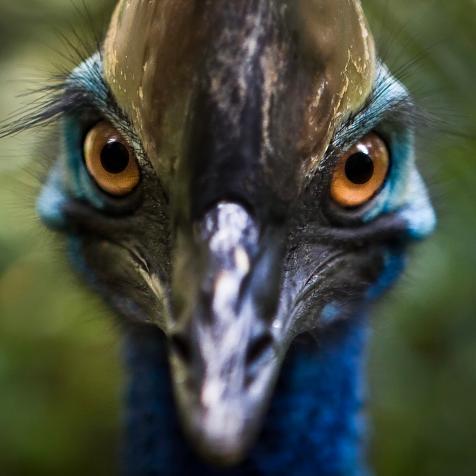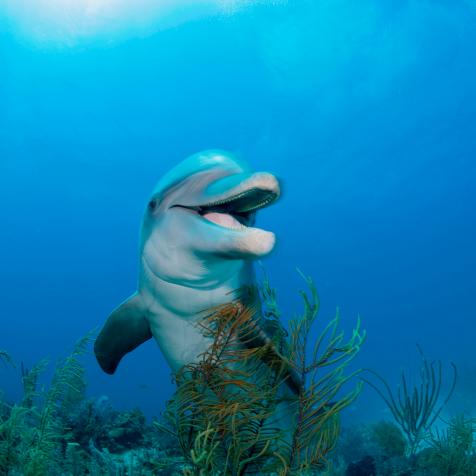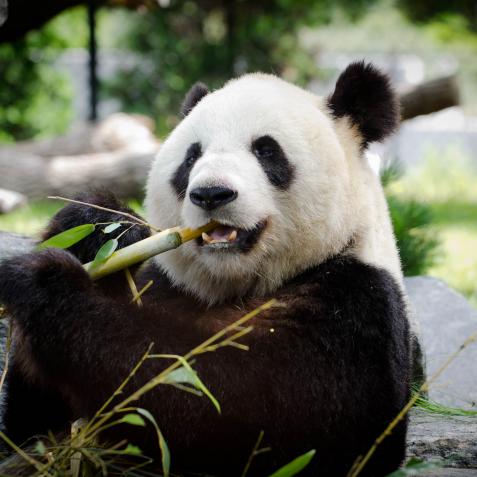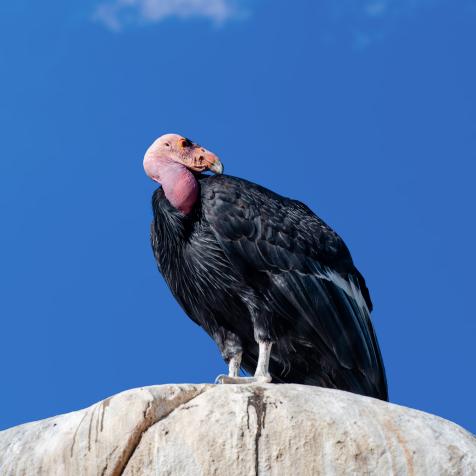
hstiver
New Research Reveals Cause of Death for 3 Million Birds
An estimated 3 million short-tailed shearwaters died along the coast of Australia in 2013. New research suggests humans and the 2012 Harve submarine eruption are to blame.
If you didn’t know, seabirds are “widely considered” to be the indicators of the health of a marine ecosystem, according to Forbes. Australia’s national science agency examined the mass death of millions of shearwater birds in 2013. It’s discovered that the seabirds were starving and began to eat “non-food materials” including plastic and floating pumice stones. Because of this, scientists believe this is an indication of larger health issues for the surrounding marine ecosystem.
172 dead seabirds were collected from beaches along New South Wales and Queensland coast to conduct further research into this mass mortality event (MME). Researchers had found that 96.7% of birds had ingested pumice or plastic, Forbes reported.
Scientists studied the 2013 short-tailed shearwaters’ migration from Australia in April to the North Pacific, and their return later in the year. By using satellite systems, scientists were able to correlate that part of their migration crossed paths with the pumice raft produced by the 2012 Harve submarine eruption in the Kermadec arc north of New Zealand, Forbes added. Pumice is created from a combination of high-temperature and highly pressurized lava that’s “violently ejected” from a volcano. It creates an “unusual foamy configuration due to the simultaneous rapid cooling and depressurization,” creating bubbles in the lava.

Imogen Warren
As shearwaters headed back to Australia from their migration from the North Pacific, the floating pumice from the Harve eruption was along their flight path. Forbes commented, "this was also supported by the chemical composition of the pumice recovered in the bird guts, matching the lava of the Havre seamount. The animals ingested small pebbles of pumice, dying 12 to 41 hours later.”
It’s hypothesized that because the shearwaters were starving they “instinctually” ingested the pumice pebbles, which theorizes additional environmental issues as a result of the MME. According to Forbes, MME’s can indicate changing food webs and ecological conditions. The conclusion provided by the researchers suggests that a combination of climate change, marine pollution and over-exploitation of resources by humans were major contributors impacting the quality of life of marine animals.


















